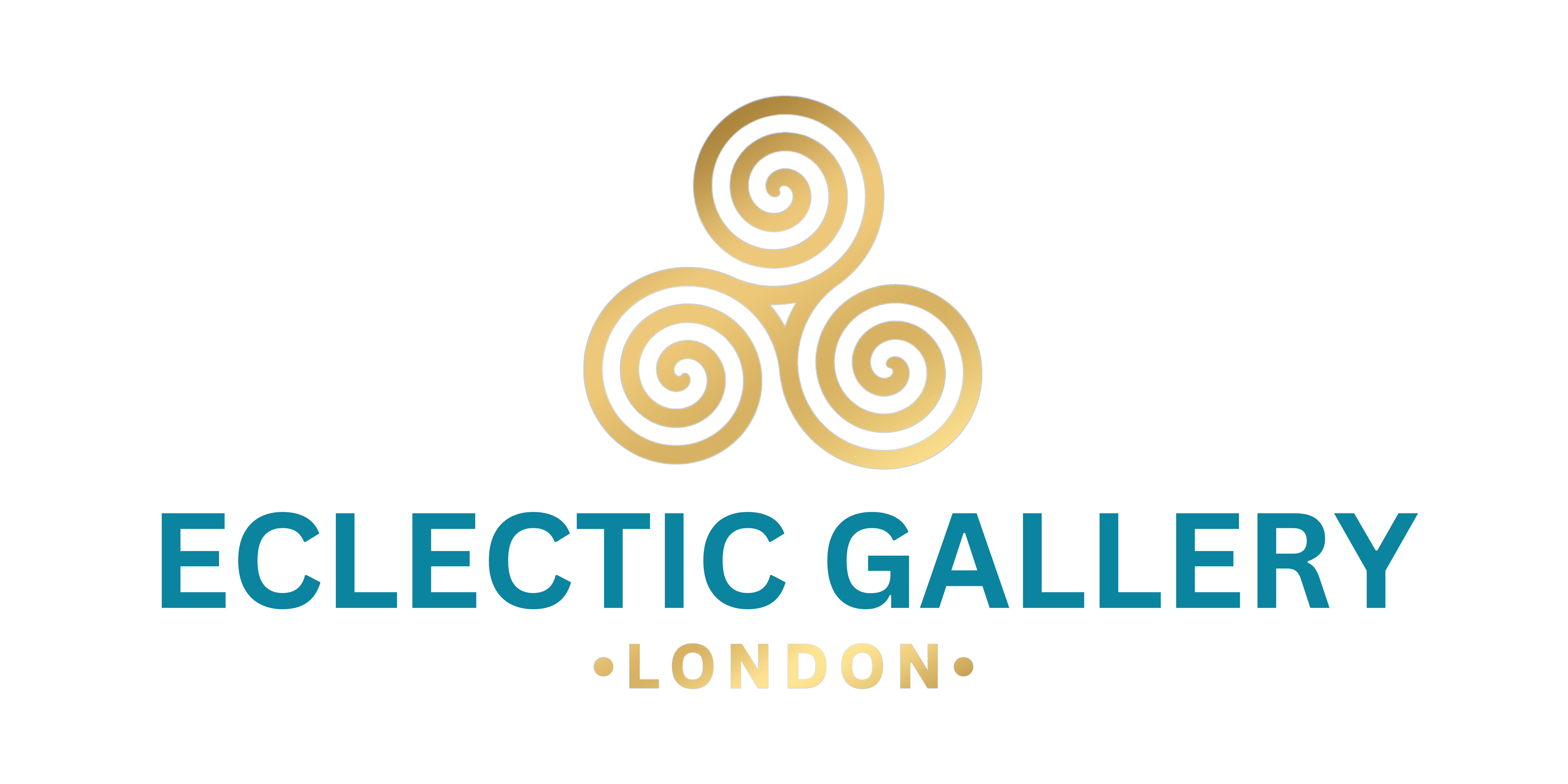Art and mathematics have long shared a profound and intricate relationship, intertwining the worlds of numbers and aesthetics in fascinating ways. From the harmonious proportions of ancient architecture to the mesmerizing patterns found in nature, the connection between these two seemingly disparate fields has sparked creativity and innovation across cultures and centuries.
Mathematics, with its emphasis on logic, symmetry, and precision, provides a framework for understanding the underlying structures and patterns in art. Artists have drawn inspiration from mathematical concepts such as geometry, symmetry, and fractals to create visually stunning works that captivate the imagination and evoke a sense of wonder.
One of the most notable examples of the relationship between mathematics and aesthetics is found in the field of geometry. The study of geometric shapes and proportions has influenced artists for millennia, serving as a foundation for composition and design in various art forms. From the golden ratio used in classical architecture to the intricate geometric patterns found in Islamic art, geometry plays a fundamental role in shaping artistic expression.
In architecture, mathematics serves as the backbone of design, guiding the placement of structural elements and determining the overall form and function of buildings. Architects use mathematical principles such as trigonometry and calculus to calculate angles, proportions, and dimensions, ensuring that their designs are both aesthetically pleasing and structurally sound.
Artists like Caio Locke and Karl Talip Kara, represented by Eclectic Gallery, exemplify the intersection of art and mathematics in their work. Caio's futuristic geometric paintings of famous cities and Karl's intricate depictions of mosque interiors showcase the meticulous planning and mathematical precision involved in their creative process. Each piece is a testament to the intricate relationship between numbers and aesthetics, highlighting the beauty and complexity of mathematical art.
As technology continues to advance, artists are exploring new ways to integrate mathematics into their work, pushing the boundaries of creativity and innovation. From algorithmic art generated by computer programs to 3D-printed sculptures based on mathematical equations, the possibilities are endless for those who seek to explore the fascinating intersection of art and mathematics.
In conclusion, the relationship between art and mathematics is a rich and multifaceted one, spanning centuries of human creativity and ingenuity. Whether through the elegant geometry of classical architecture or the intricate patterns of Islamic art, mathematics has played a central role in shaping the visual language of artists throughout history. As we look to the future, the fusion of art and mathematics promises to inspire new forms of expression and unlock untapped creative potential.



